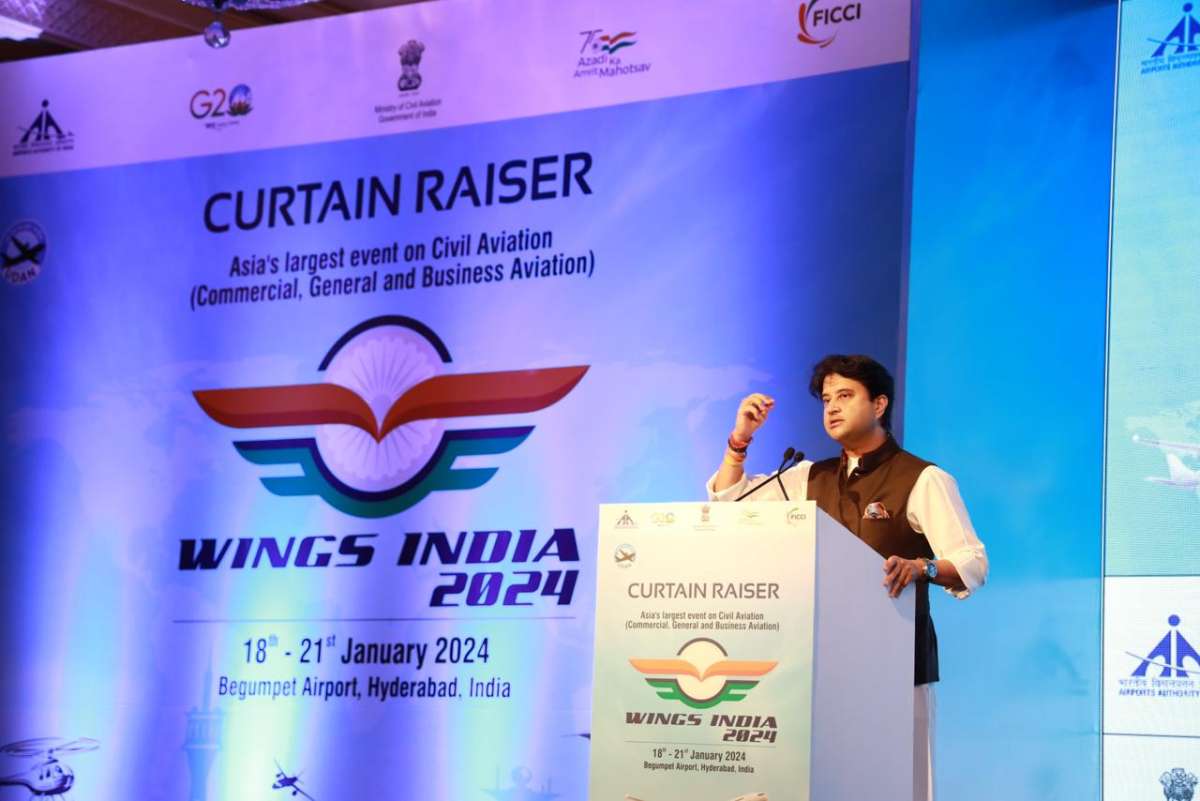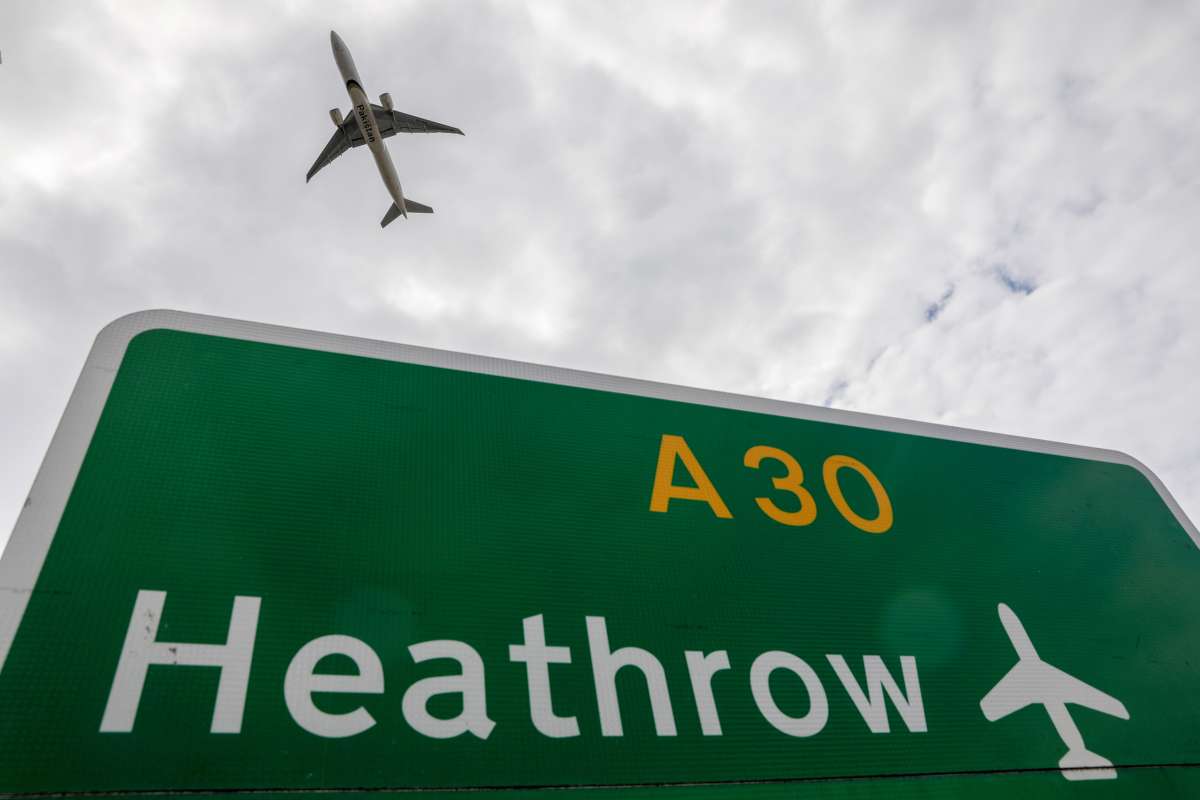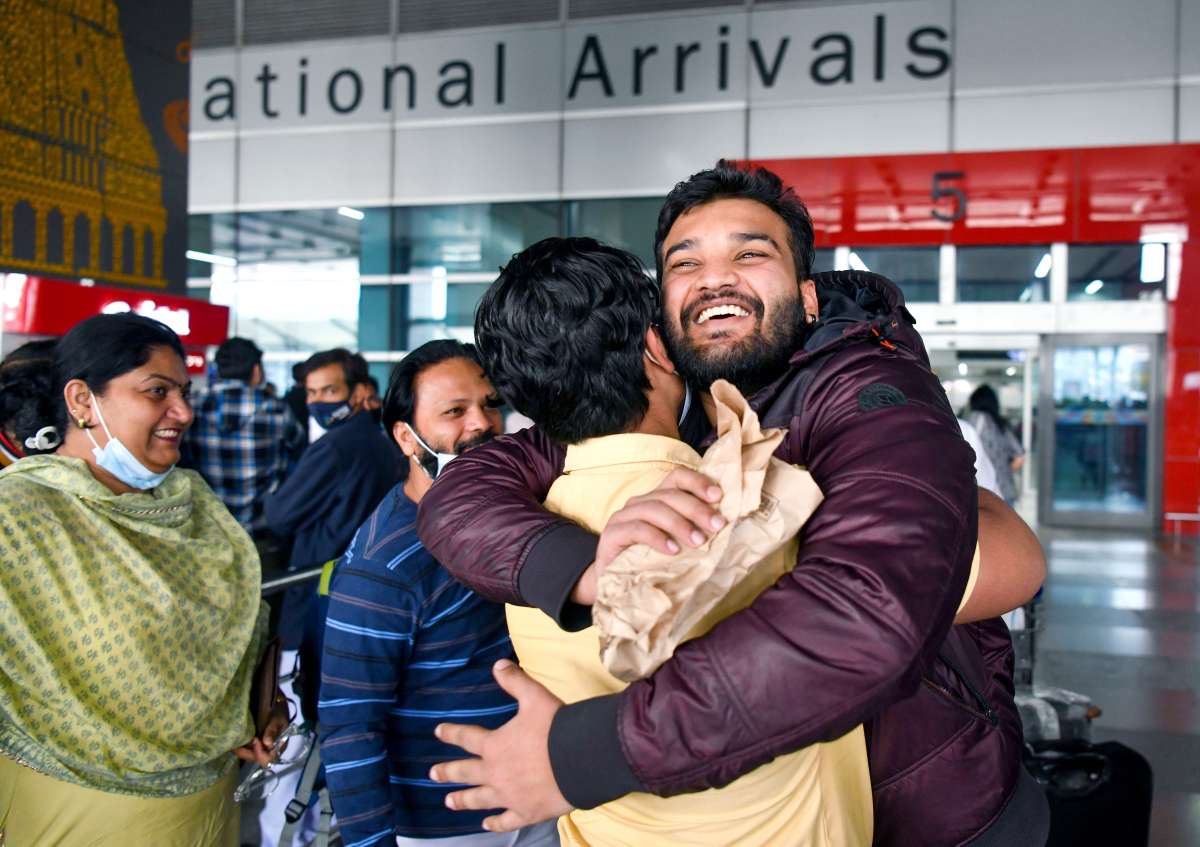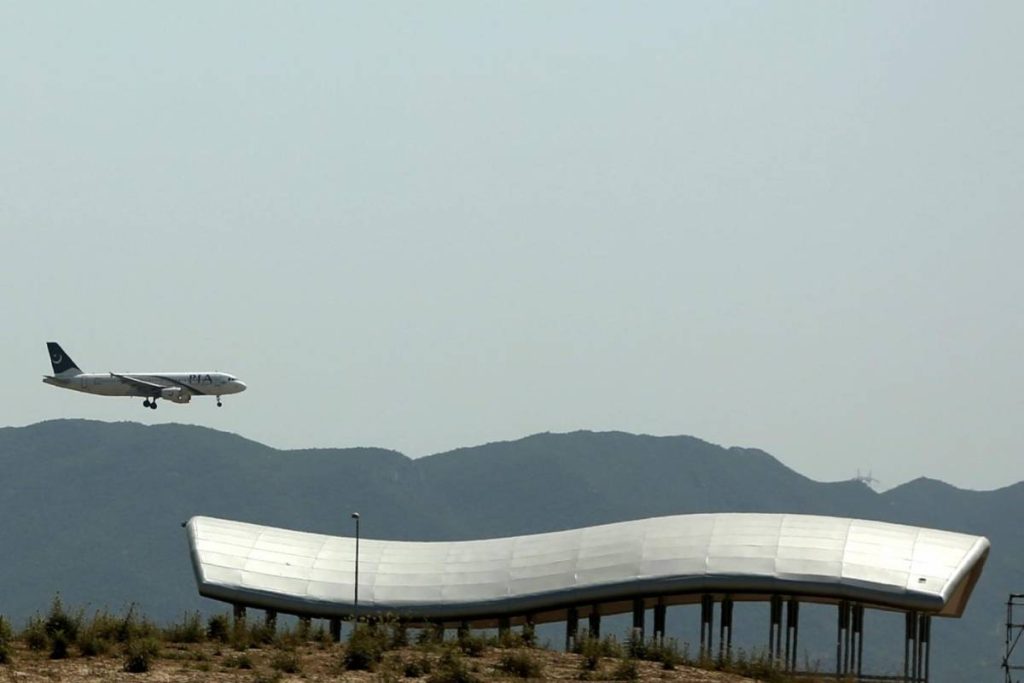Viability Gap Funding (VGF) caps for the operators have been increased substantially for both single and twin-engine helicopters to enhance financial viability for operating the awarded routes…reports Asian Lite News
Union Civil Aviation Minister Jyotiraditya Scindia on Monday said that there is a plan to invest Rs 1 lakh crores in airports in the coming days.
Scindia also said that the government has detailed expansion plans for airports and metros. Scindia said, “In the past 65 years, we had 74 airports in India. In the last 9 years, we have built additional 74 airports, heliports, and water aerodromes. We will double it to 148 and we will take this number to over 200 in the next 4 years. Combining the private and government sectors, we are planning to invest Rs 1 lakh crores on airports.”
“We have made a plan for investment including the private sector and the government sector, we have a plan which is worth about one lakh crore only in the airport area. Along with this, the throughput capacity of our six metros, which we have there, is 22 crores per year, within the next four years, we will take us up to 42 crores and including Jewar and Navi Mumbai airports,” he added.
He also mentioned that the airlines in India are also increasing their capacity.
“We have huge and determined plans in the civil aviation sector, airlines are also increasing their capacity, Air India has placed orders for 470, about 420 are narrow-body planes and 50 are wide-body planes. India’s flag is also being established globally by airlines,” he said.
“Today India is the fastest growing economy with the number one smartphone data consumer, the second largest mobile manufacturer, the number one global fintech adoption rate and the third largest start-up ecosystem in the world,” he added.
Following four successful rounds of the Regional Connectivity Scheme (RCS) – Ude Desh Ka Aam Nagrik (UDAN) and with version 5.0 of the fifth round underway, the Ministry of Civil Aviation has launched UDAN 5.1 further to enhance the connectivity to remote areas of the country and achieve last mile connectivity through helicopters, said an official statement on Wednesday.
For the first time under RCS-UDAN, this round is designed specifically for helicopter routes. The main features include, an increase in the scope of operations for operators wherein the scheme will now allow routes where one of the origin or destination locations is in a priority area. Earlier both points had to be in priority areas, read the official statement further. Airfare caps have been reduced by as much as 25% to make flying in helicopters more affordable for passengers.
Viability Gap Funding (VGF) caps for the operators have been increased substantially for both single and twin-engine helicopters to enhance financial viability for operating the awarded routes.
“The latest round of UDAN scheme is a testament to two emerging phenomenon in Indian civil aviation – one, a deeper democratisation of air travel with a focus on last-mile connectivity. Second, a growing appetite for helicopters in aiding tourism. Greater helicopter penetration through such efforts will help boost tourism, hospitality, and thus, our local economies. UDAN 5.1 heralds a new dawn not just for civil aviation, but also for India’s remote & unserved regions.” said Jyotiraditya M. Scindia, Union Minister of Civil Aviation and Steel.
The current version of the scheme has been designed after consultations with all stakeholders including helicopter operators. While the intended target is to provide last-mile connectivity, it is also projected to give the helicopter segment of the Indian civil aviation industry a much-needed boost.
It may be mentioned that to date 46 helicopter routes have been operationalized under previous rounds of the scheme benefitting a number of hilly and North East states and this round is targeting coverage of a much larger number of routes, mentions the official statement.
Under the UDAN scheme passengers have received the benefit of air connectivity, airlines have received concessions for operating regional routes, and unserved regions have received the direct and indirect benefits of air connectivity for their economic development. The present version of the scheme will be another step towards the Prime Minister’s vision of allowing the common man to travel by air at affordable fares to remote destinations of the country. (ANI)






